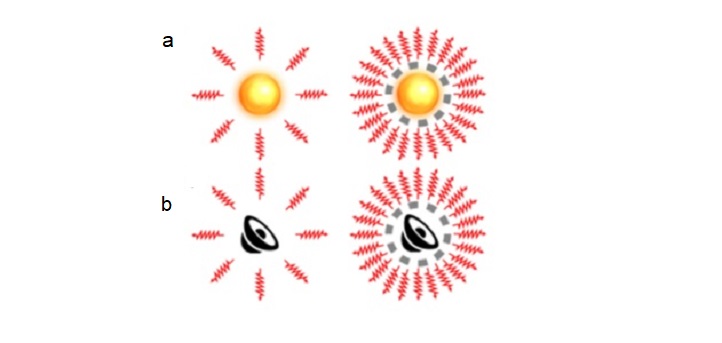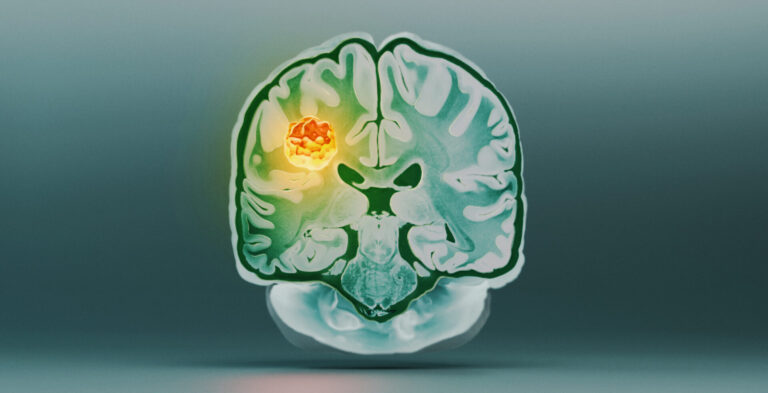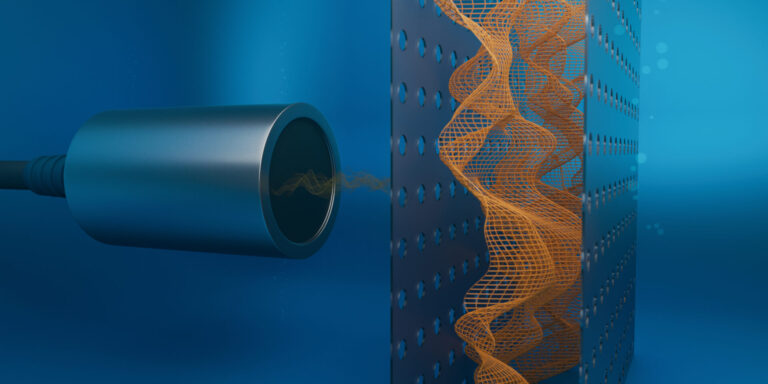Applied Mathematics and Computational Sciences
Making loudspeakers resonate like atoms
Tiny loudspeakers can efficiently produce low-frequency sounds due to effects similar to the quantum physics governing atoms.

A new theory about sound transmission uses ideas from quantum physics to explain how small loudspeakers could efficiently produce low-frequency sounds.
It is well-known that small loudspeakers can produce high-pitched sounds, but much larger speakers (called woofers) are usually limited to produce deep bass sounds only. Recently Jiajun Zhao and Ying Wu from KAUST proposed a solution: a small enclosure with coiled air channels that effectively reduces the speed of sound and enhances low-frequency sound power.
Now, Zhao and Wu’s concept has been verified by an experiment conducted by Maryam Landi and Likun Zhang at the University of Mississippi, USA. The team’s experiments in an anechoic (nonsound-reflecting) chamber confirmed that their 10-centimetre-wide enclosure greatly enhanced the emission power of low-frequency sounds from a tiny loudspeaker.
“Our enclosure produces powerful sounds with wavelengths much longer than the size of the device,” says Zhao, who recently moved from KAUST to take a job with the energy company GOWell International LLC in Texas. “We hope it can be implemented in traditional woofers to make them smaller.”
However, the researchers found no existing theory of acoustics that could explain their results. Instead, they realized that the resonances of loudspeakers can be compared to the resonances that cause radiation to be emitted from atoms (see image). Specifically, a theory called the Purcell effect explains how the spontaneous emission rate of an atom is affected by its surrounding environment.
“In quantum physics, if we have a cavity surrounding an atom, then that atom can take multiple states and emit more energy. It’s a bit like having a cabinet with multiple shelves that provide more storage,” says Zhao. “Similarly, our enclosure allows more resonances to exist at low frequencies, thus enhancing the power of the emitted sound. This is a purely classical effect, not quantum.”
The researchers derived an equation that links the quantum and acoustic Purcell effects and used it in simulations that nicely matched their experimental results. They have filed a patent based on their enclosure design and hope it may have useful commercial applications.
Zhao, meanwhile, hopes to apply this new acoustic theory to oil exploration in his role at GOWell. “I’m still doing acoustics, but with devices that need to work in water or mud,” he says. “Our work in enhancing low frequencies could be very appealing because sound power dissipates a lot in these viscous fluids.”
References
-
Landi, M., Zhao, J., Prather, W.E., Wu, Y. & Zhang, L. Acoustic Purcell effect for enhanced emission. Physical Review Letters 120, 114301 (2018).| article
You might also like

Applied Mathematics and Computational Sciences
Bringing an old proof to modern problems

Applied Mathematics and Computational Sciences
Accounting for extreme weather to boost energy system reliability

Applied Mathematics and Computational Sciences
Past and future drought patterns across the Arabian Peninsula

Applied Mathematics and Computational Sciences
New pattern for underwater resonators

Applied Mathematics and Computational Sciences
Finer forecasting to improve public health planning

Applied Mathematics and Computational Sciences
Global look at sex differences in young people's mortality

Applied Mathematics and Computational Sciences
Going likelihood-free with neural networks

Applied Mathematics and Computational Sciences




